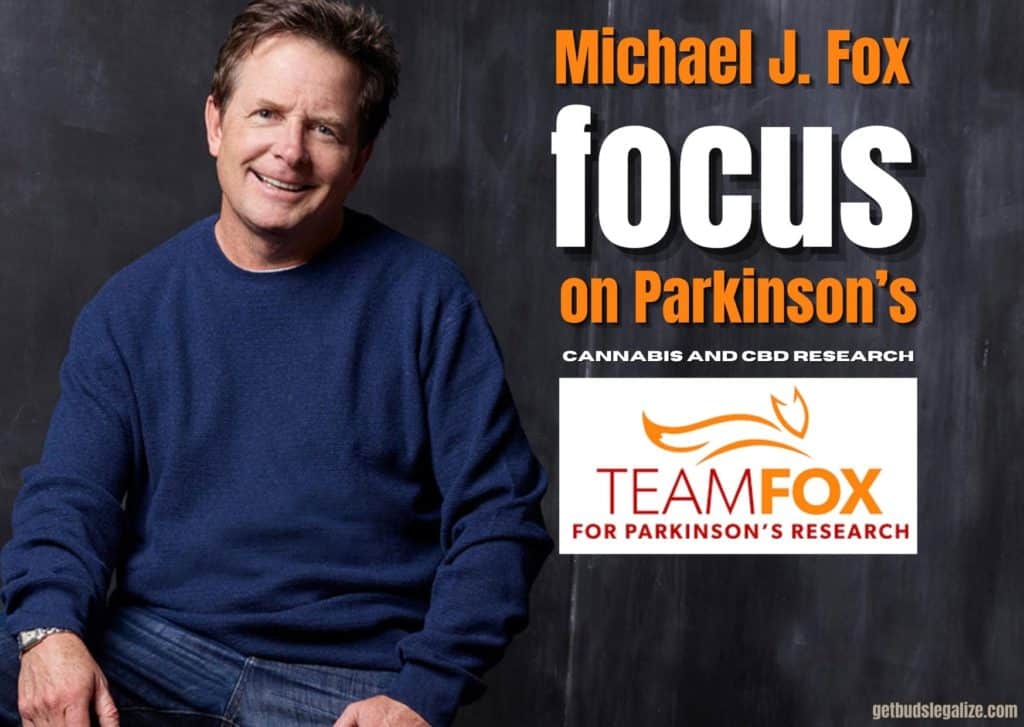Navigating Spain’s New Decree to Regulate Therapeutic Cannabis Use: A Comprehensive Guide
Spain is making strides in the realm of medical cannabis regulation, a move that not only involves governmental bodies but also invites active participation from its citizens. With the Ministry of Health spearheading the drafting process for a decree to regulate therapeutic cannabis, the nation is embracing evidence-based approaches to address the needs of patients.
Here’s a breakdown of what you need to know about Spain’s latest endeavor:
What Is the Current Status of Therapeutic Cannabis Regulation in Spain?
Spain’s Ministry of Health has embarked on the journey of drafting a decree to regulate the therapeutic use of cannabis. This initiative comes on the heels of the rejection of a law proposed a year ago that aimed to regulate cannabis for both medical and recreational purposes fully.
How is the Decree Being Developed?
Drawing on insights from various stakeholders, including the European Observatory on Cannabis Consumption and Cultivation (OECCC), professional associations, and the scientific community, the decree is being crafted based on the “best available scientific evidence.”
Moreover, the Ministry of Health has established a dedicated section on its website to actively engage citizens in providing feedback and input for the legislation.

What are the Objectives of the Proposed Decree?
The primary goal of the decree is to ensure the quality and safety of therapeutic cannabis products. By legalizing the dispensation of “standardized therapeutic preparations that have been proven to relieve pain and suffering,” the legislation aims to enhance patient care and access to effective treatments.
What are the Preferred Methods of Administration for Therapeutic Cannabis?
Among the myriad of intake methods, oral administration has been identified as the most effective in terms of therapeutic efficacy and patient safety. This preference underscores the commitment to prioritizing patient well-being and optimizing treatment outcomes.
How Will the Regulatory Framework Evolve Over Time?
The regulatory framework is designed to evolve dynamically, allowing for the continual incorporation of new evidence and insights into the therapeutic use of cannabinoids. The goal is to foster ongoing research and innovation, thereby expanding our understanding of the potential benefits of therapeutic cannabis.
In conclusion, Spain’s endeavor to regulate the therapeutic use of cannabis reflects a progressive approach to healthcare that prioritizes patient well-being and evidence-based practices. By engaging stakeholders and leveraging scientific insights, the nation is paving the way for improved access to safe and effective treatment options.
As the regulatory landscape continues to evolve, Spain stands poised to lead the way in harnessing the therapeutic potential of cannabis for the benefit of its citizens.
FAQs about Therapeutic Use of Cannabis in Spain
In essence, there is no substantial difference between the terms “medical marijuana” and “medicinal cannabis.” Both terminologies refer to the therapeutic use of cannabis for treating various medical conditions under the supervision of healthcare professionals.
Spain is in the process of structuring its medical cannabis program through the development of a comprehensive regulatory framework. This framework aims to establish guidelines for the legal use, distribution, and oversight of medicinal cannabis within the country.
Dispensaries serves as a legal entity authorized to distribute medical cannabis products to qualified patients. These dispensaries adhere to strict regulations to ensure the quality, safety, and controlled access of medical marijuana to patients.
Yes, Spain’s regulatory framework for medical cannabis includes specific healthcare guidelines to govern the prescription, administration, and monitoring of cannabis-based treatments. These guidelines prioritize patient safety and effective therapeutic outcomes.
Individuals who suffer from specific conditions as outlined in Spain’s regulatory framework may qualify. These conditions are determined based on scientific evidence and medical consensus.
Yes, there are plans to establish a network of dispensaries across Spain to ensure widespread availability of medical cannabis products. These dispensaries will adhere to regulatory standards to ensure safe and legal access for patients in need.
At the moment, the specific list for accessing the Spanish medical cannabis program has not been officially defined. However, based on global trends and medical research, 17 qualifying medical conditions can include:
- Chronic Pain: Including conditions such as neuropathic pain, arthritis, or fibromyalgia.
- Cancer: Both for alleviating pain and managing side effects of chemotherapy.
- Multiple Sclerosis (MS): To address muscle spasticity and neuropathic pain.
- Epilepsy: Particularly for treatment-resistant seizures.
- HIV/AIDS: To manage symptoms and improve appetite.
- Glaucoma: To reduce intraocular pressure and prevent optic nerve damage.
- Crohn’s Disease: For symptom relief and to reduce inflammation.
- Parkinson’s Disease: To alleviate symptoms such as tremors and rigidity.
- PTSD (Post-Traumatic Stress Disorder): To manage anxiety and stress-related symptoms.
- Alzheimer’s Disease: To potentially slow disease progression and manage behavioral symptoms.
- Amyotrophic Lateral Sclerosis (ALS): To address muscle stiffness and spasticity.
- Chronic Inflammatory Conditions: Such as rheumatoid arthritis or inflammatory bowel disease.
- Tourette Syndrome: To reduce motor and vocal tics.
- Intractable Nausea and Vomiting: Often associated with chemotherapy or other treatments.
- Anorexia Nervosa: To stimulate appetite and aid in weight gain.
- Neuropathic Disorders: Including diabetic neuropathy or peripheral neuropathy.
- Anxiety Disorders: Such as generalized anxiety disorder or social anxiety disorder.
The medical use of marijuana, like any medication, comes with its own set of pros and cons. Here’s a breakdown:
Pros:
- Pain Relief: Marijuana has been shown to be effective in alleviating chronic pain, making it a valuable option for patients with conditions such as arthritis, neuropathy, or multiple sclerosis.
- Nausea and Vomiting: Cannabis can help alleviate nausea and vomiting, particularly in patients undergoing chemotherapy or those with conditions like HIV/AIDS.
- Appetite Stimulation: Marijuana can increase appetite, which can be beneficial for patients experiencing weight loss due to conditions like cancer or HIV/AIDS.
- Muscle Spasticity: For conditions like multiple sclerosis, marijuana may help reduce muscle spasticity and improve mobility.
- Seizure Control: Certain forms of epilepsy, particularly treatment-resistant forms, have shown improvement with the use of medical marijuana, reducing the frequency and severity of seizures.
- Anxiety and PTSD: Some patients report relief from symptoms of anxiety disorders and PTSD with the use of marijuana, though individual responses vary.
Cons:
- Cognitive Effects: Marijuana use can impair cognitive function, including memory, attention, and decision-making, particularly in high doses or in susceptible individuals.
- Psychiatric Effects: While some find relief from anxiety, others may experience increased anxiety or paranoia, especially with high-THC strains.
- Respiratory Issues: Smoking marijuana can lead to respiratory problems similar to those associated with tobacco smoking, including chronic bronchitis and lung irritation.
- Addiction Potential: While marijuana addiction is less common than with other substances, some individuals can develop dependence, particularly with long-term, heavy use.
- Legal and Social Issues: Despite increasing acceptance, marijuana use remains illegal in many jurisdictions and can have social and legal consequences, including issues with employment and child custody.
- Drug Interactions: Marijuana can interact with certain medications, potentially altering their effects or causing adverse reactions. It’s essential to consult with a healthcare provider before using marijuana alongside other medications.
- Adolescent Brain Development: Regular marijuana use during adolescence may adversely affect brain development and cognition, potentially leading to long-term consequences.
- Lack of Standardization: The variability in potency and composition of marijuana products can make dosing and treatment consistency challenging, particularly in the absence of standardized regulations.
We rely on our partners to provide you with the best products and services. By purchasing from them, you support our website and get high-quality products. Thank you for being part of our community!



















